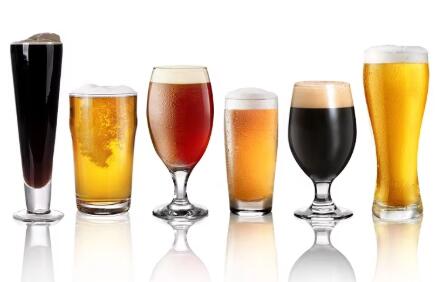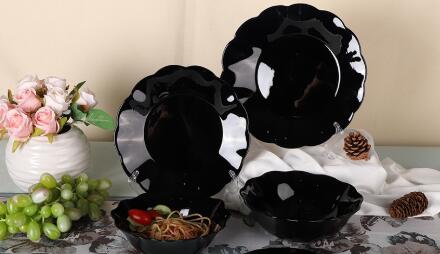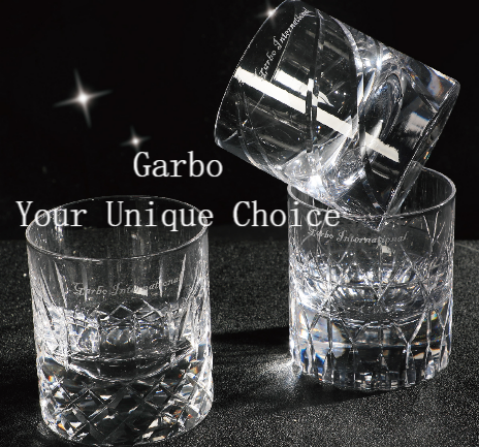Do you know the difference between tempered glass and borosilicate glass?
Pulished on Jun. 14, 2019Glass is used in all aspects of life, what kind of glass is the glass, what kind of glass is the baking dish, what kind of glass is the window..... These are all very particular. What most people don't realize is that not all glass is created equally. I'm an expert in glassware factory, and I'm here to answer the difference between tempered glass and borosilicate glass?
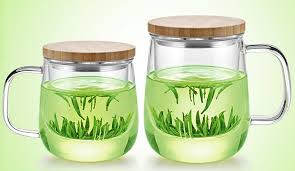
What is tempered glass?
Tempered glass is actually a kind of prestressed glass. In order to improve the strength of the glass,
the physical method in the glass production process forms compressive stress on the surface of the glass.
When the glass is subjected to external force, the surface stress is first offset, thereby improving the bearing
capacity and enhancing the glass itself.
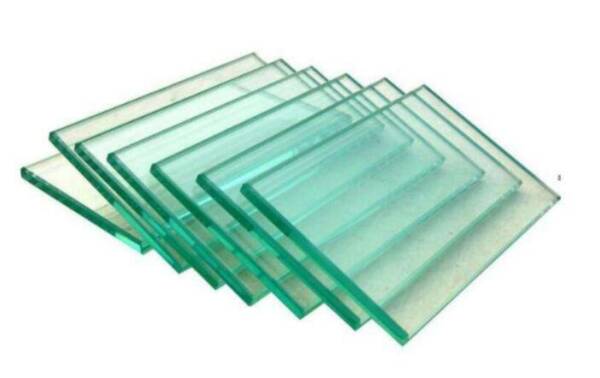
Advantage:
1.Safety: When the glass is damaged by external force, the debris will become a honeycomb-like obtuse-angled
small particle, which is very sharp and easy to cut after the ordinary glass is broken.
2.High strength: The impact strength of tempered glass of the same thickness is 3 to 5 times that of ordinary glass,
and the bending strength is 3 to 5 times that of ordinary glass.
3.Thermal stability: Tempered glass has good thermal stability, can withstand the temperature difference is 3 times
that of ordinary glass, can withstand the temperature difference of 300 °C, can withstand rapid cooling and rapid heat.
This is also the reason why the glass is to be tempered.
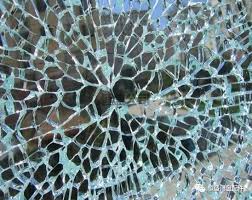
Disadvantages:
1.The tempered glass can no longer be cut and processed. The glass can only be processed to the required shape
before tempering, and then tempered.
2.Although the strength of tempered glass is stronger than that of ordinary glass, tempered glass has the possibility
of self-explosion (self-rupture), while ordinary glass does not have the possibility of self-explosion.
3.The surface of the tempered glass will have unevenness (wind spots) and a slight thickness will be thinned.
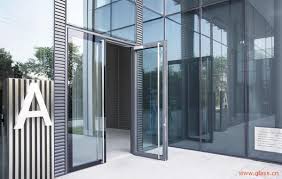
What is borosilicate glass?
Borosilicate glass is a type of glass with silica and boron trioxide as the main glass-forming constituents.
Borosilicate glasses are known for having very low coefficients of thermal expansion, making them resistant
to thermal shock, more so than any other common glass.
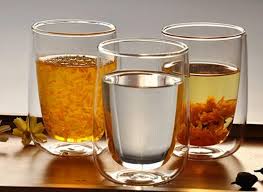
What most people don't realize is that not all glass is created equally.
Borosilicate glass is made up of about 15% boron trioxide, which is that magical ingredient that completely changes
the behavior of glass and makes it thermal shock resistant. This allows the glass to resist extreme changes in temperature
and is measured by the “Coefficient of Thermal Expansion,” the rate at which the glass expands when it is exposed to heat.
Thanks to this, borosilicate glass has the ability to go straight from a freezer to an oven rack without cracking.
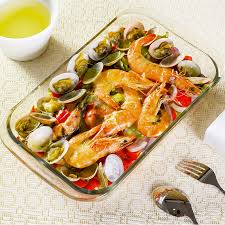
The difference between tempered glass and borosilicate glass:
1. Process: Tempered glass is a physical function, and borosilicate glass is a chemical action.
2. Scope of application: Tempered glass is widely used in window sills, for construction industry, rarely used in cups.
High borosilicate glass is mainly used in daily life products such as water cups, teapots, baking trays, baking bowls, etc.
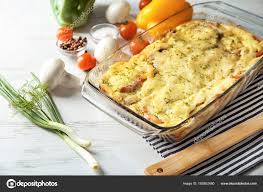
3. Thickness: Tempered glass is usually thicker. High borosilicate glass is usually thinner and lighter. The baking pan will be thicker.
This is due to the difference in chemical composition.
4. Price: High borosilicate glass is more expensive than the tempered glass. This is different in process, the price of raw materials is
different, and the application is different.
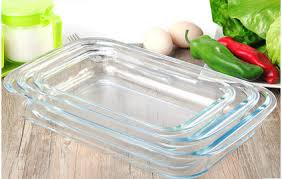
Through the above introduction to tempered glass and borosilicate glass, do you have a deeper understanding of the
tempered glass and borosilicate glass ?
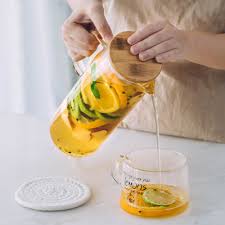
Glass cup factory in China has a low labor cost, give full play to their comprehensive advantages, actively promote technological innovation and business model innovation, and realize the dual promotion of quality improvement and cost advantage.







